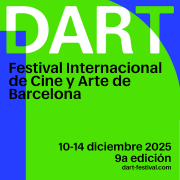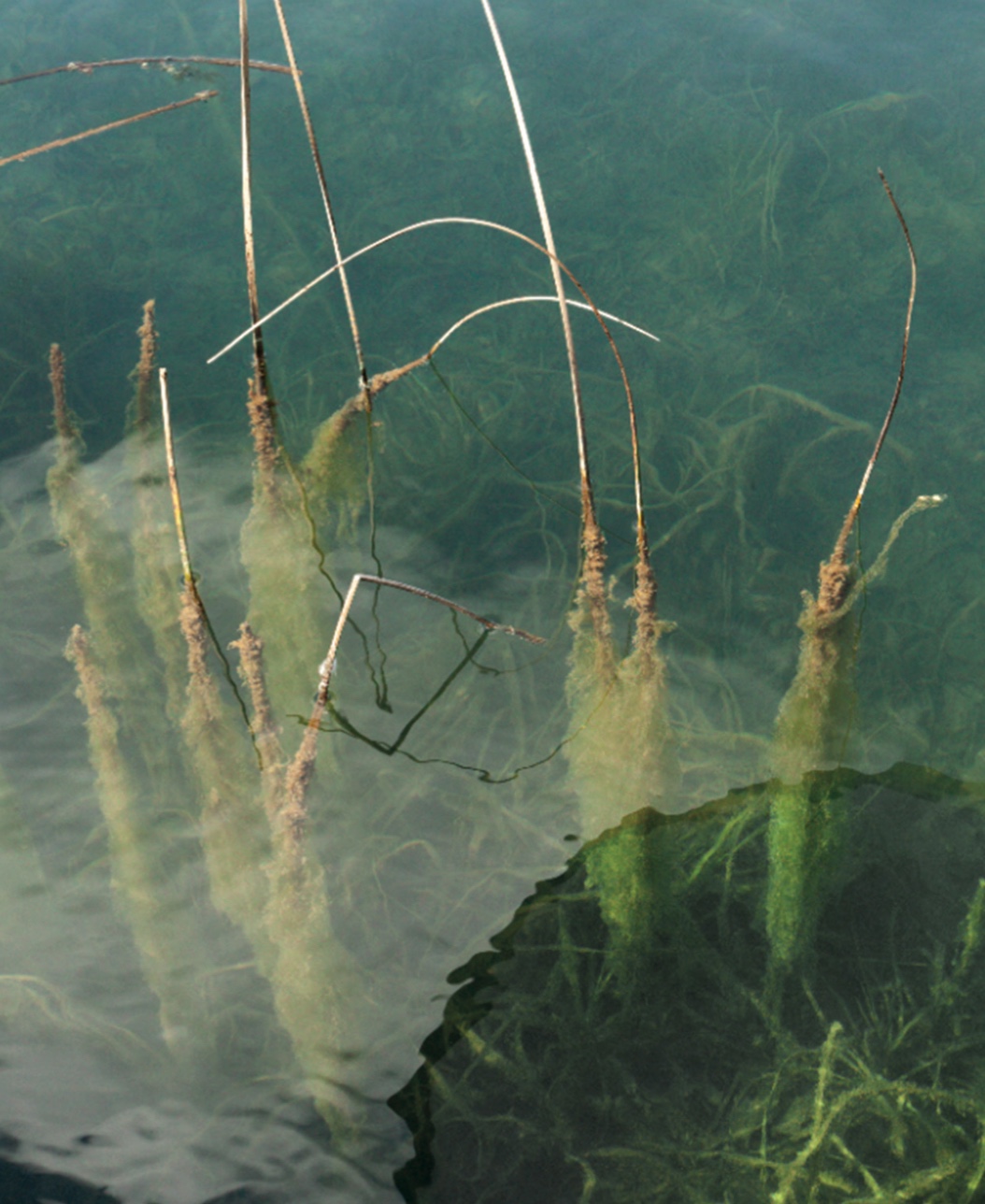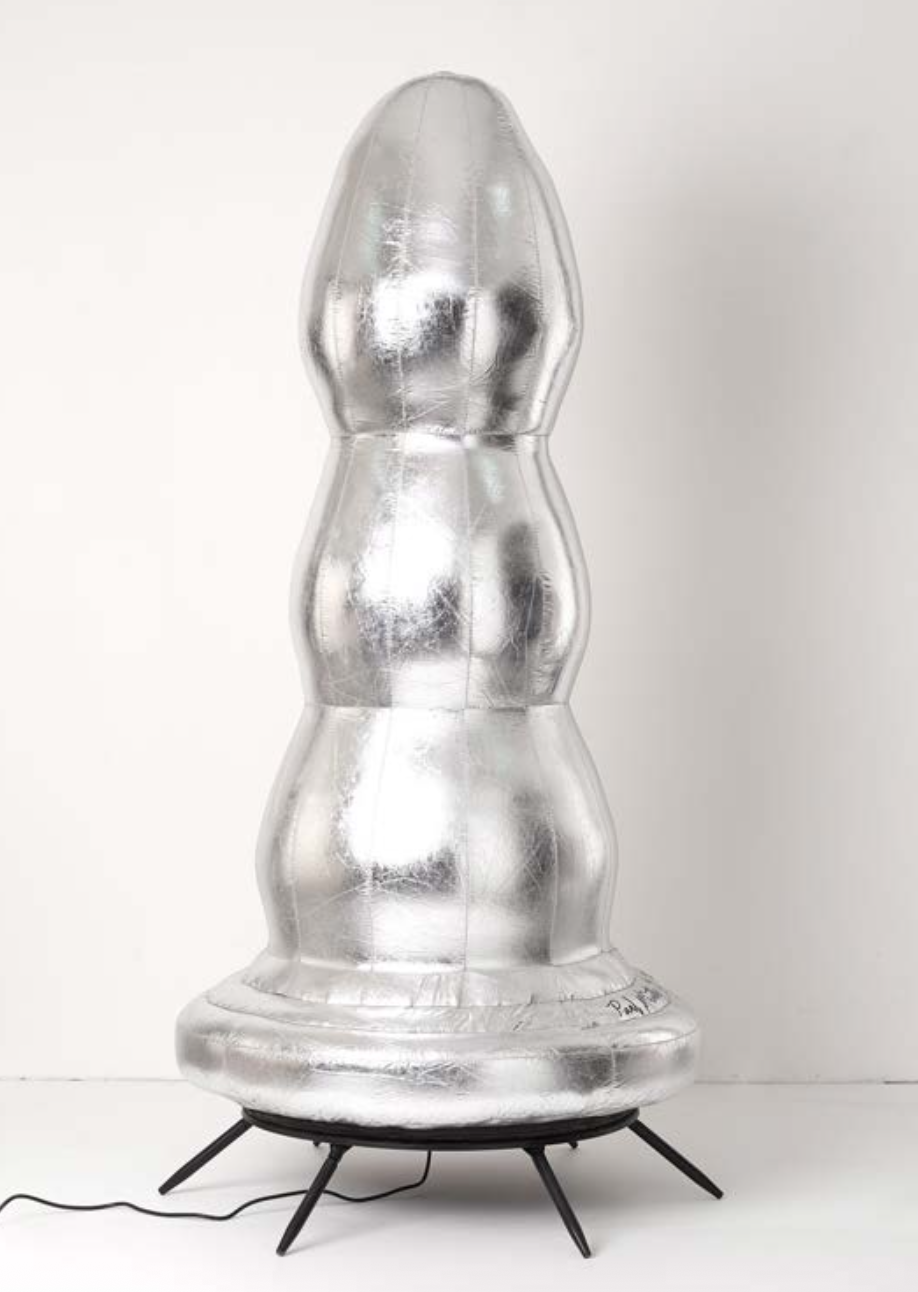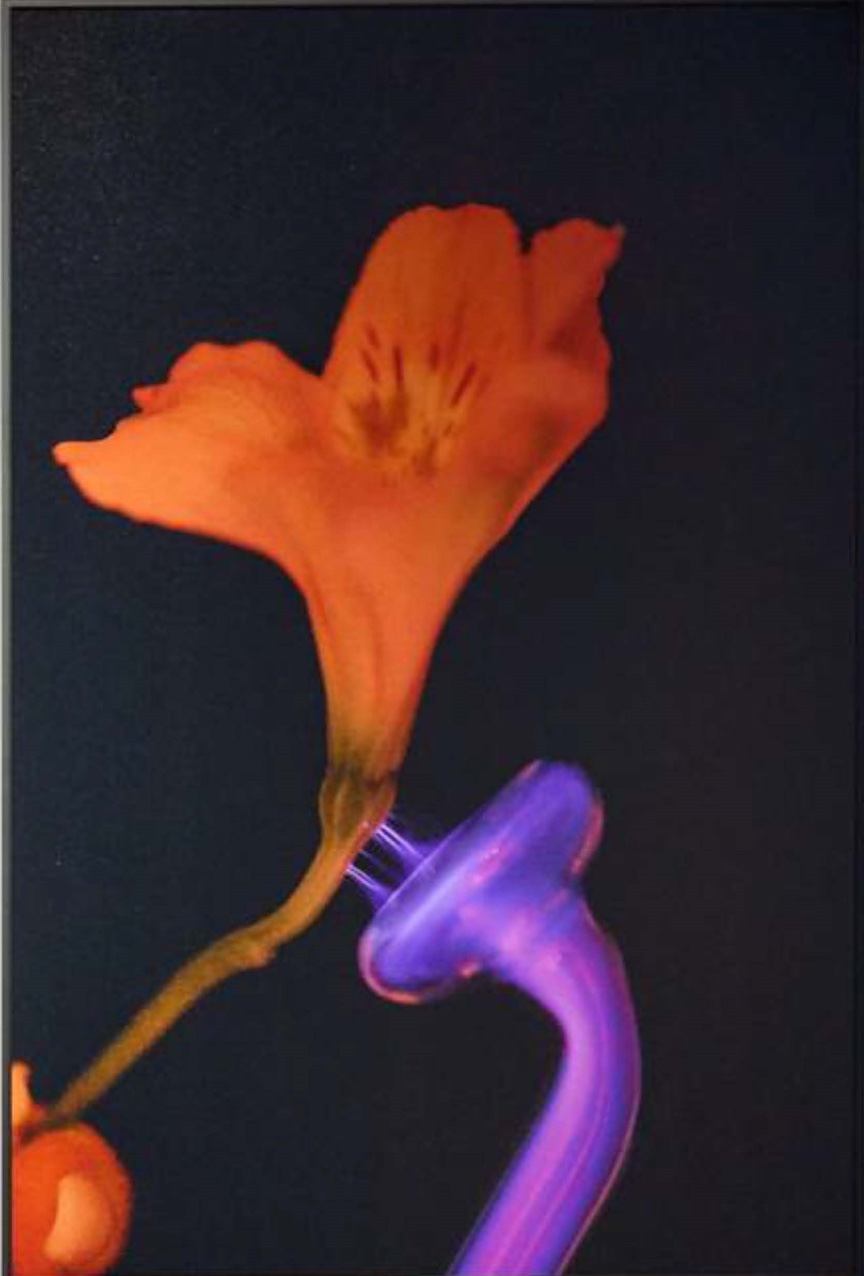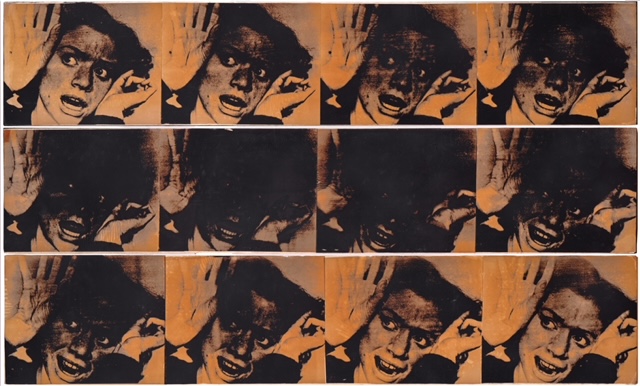interviews
Isabel Lázaro: “There are still many galleries that do not represent any women artists”
With a female presence and diverse perspective, Art Photo Bcn consolidates itself as a platform for photographic talent.
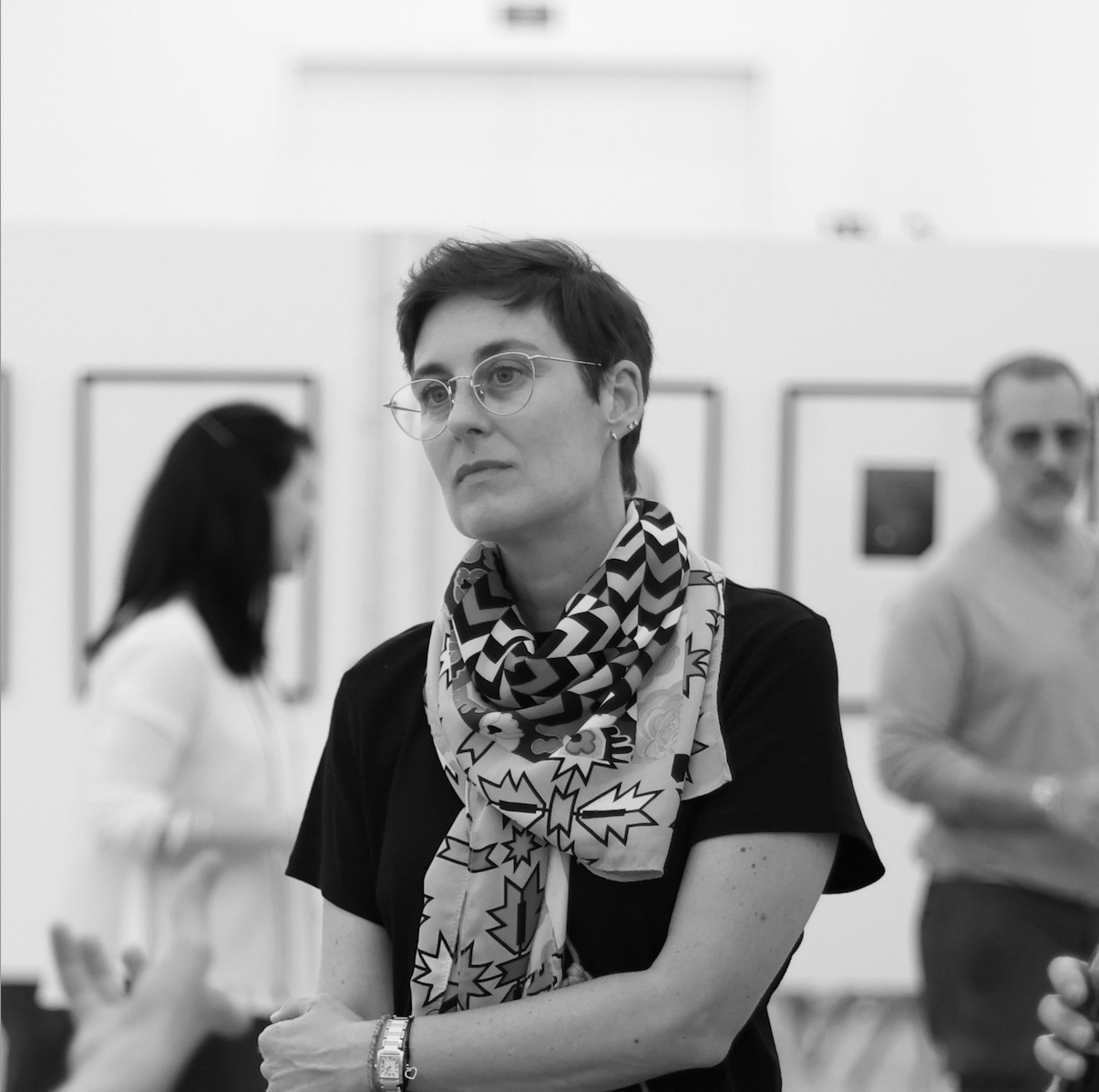
Art Photo Bcn closes its 12th edition today at the Disseny Hub Barcelona, consolidating itself as a key meeting point for artists, galleries, collectors and professionals in the sector. With an open and diverse look at the current photographic landscape, and this year with a strong female presence, the festival offers a complete program that includes a fair, screenings, workshops, open activities and a space dedicated to the photobook.
We speak with Isabel Lázaro , director and curator of this edition, who explains how year after year this proposal continues to be shaped, combining established talent and new voices.
Nora Barnach. What criteria guided you when curating this 12th edition of Art Photo Bcn?
Isabel Lázaro. This year we wanted to bet on a broad vision of the photographic medium and show the diversity of possibilities that the image offers when combined with creativity. We have placed special emphasis on making the work of women photographers visible. Throughout these twelve years we had never managed to have them in the majority. That is why, this year, taking the curatorship more individually, I decided that it would be almost a requirement —in some cases even explicit with certain galleries— to work with women photographers.
NB. How important is it to you that this edition so clearly highlights the work of women photographers?
IL. It's something I've been pursuing for a long time, but this year we finally achieved it. For years there was the intention to give more space to women photographers, but the truth is that, when we opened the call, the galleries that presented tended to show mostly male authors. That's why this year we decided not to open the call, but we were the ones who actively sought out the galleries. We wanted to make sure that they worked with photographers whose proposals seemed relevant to us and with different perspectives, and thus guarantee a significant female presence.
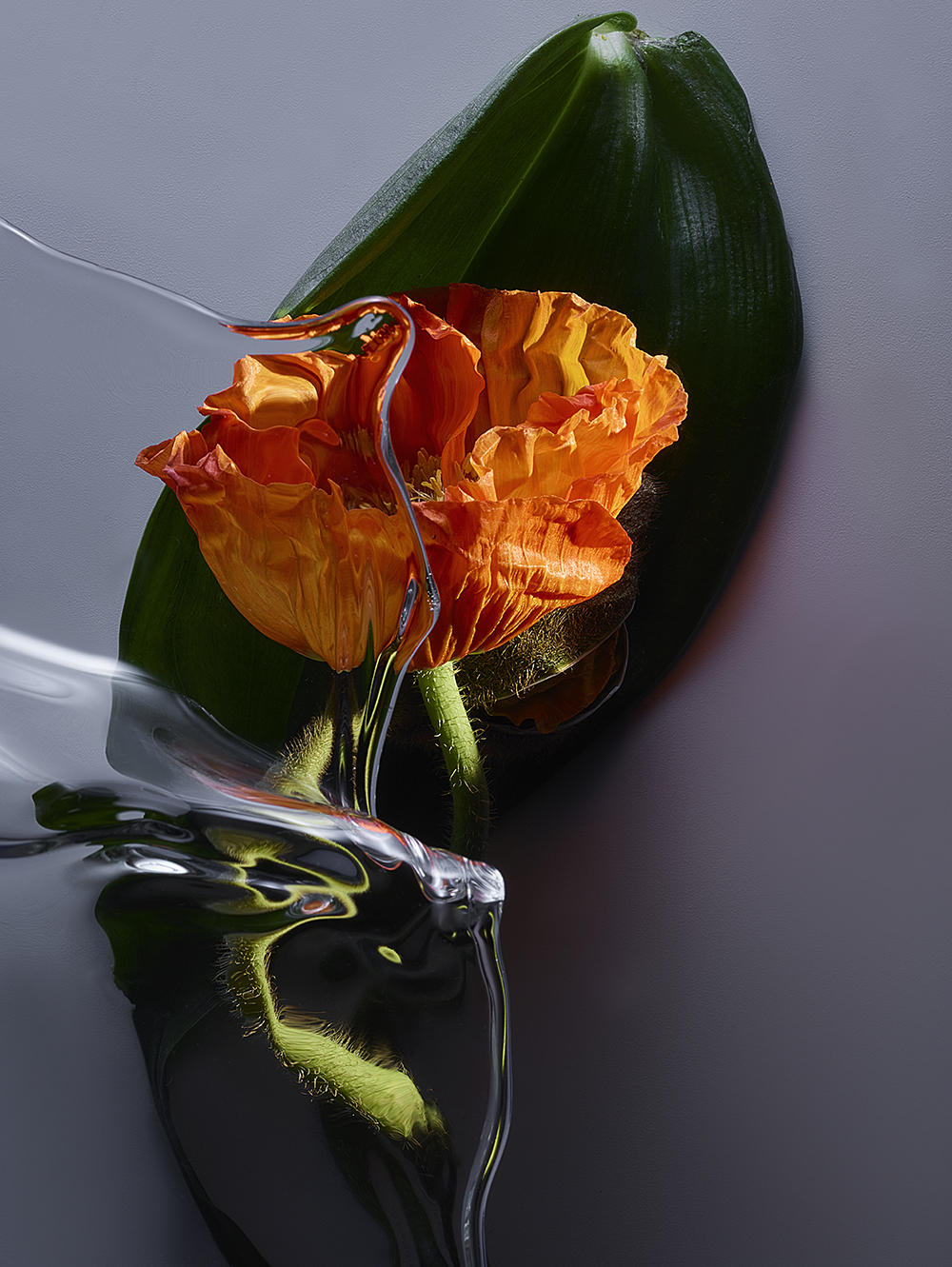 Cohesive Echoes, Cristina Hernández Montero. NoHo House
Cohesive Echoes, Cristina Hernández Montero. NoHo House
NB. Do you want to maintain this line in the future, beyond this one-off edition?
IL. Yes, absolutely. I think it is a debt that all artistic events have to history, to repair the silence that has existed towards women since the beginning of humanity. It is a necessary challenge and, moreover, a beautiful one to carry forward. However, it must also be said that it still costs a little more, and that is sad. There are still many galleries that do not represent any female artists, whether photographers or from another discipline.
NB. In this sense, how do you select artists and galleries?
IL. Normally, we would open a call, projects would be presented, they would go through a selection committee and, from there, the set of galleries that would end up exhibiting would come out. But this time, since we had the dates closed well in advance, we could afford to do a more in-depth search, internationally. We looked for galleries of all kinds and in many places, from very well-established spaces to younger and more recent proposals.
For example, Parkinz is participating, which is the first time it has been part of the festival because the initiative has just been born. There is also NoHo House, a fairly young gallery from Barcelona. The Beatriz Pereira gallery, for example, does not have a fixed location, it is a different working model; the same goes for Inéditad Gallery. And along with these newer proposals, we also have galleries with a solid track record such as Camera Work, which has an impressive track record; Terreno Baldío, from Mexico; or Taché Art Gallery, from Barcelona.
NB. Some festivals choose a thematic axis each year and select exhibitors to follow it. How do you approach this at ArtPhoto?
IL. This has always seemed a bit limiting to me. Festivals that look for a specific theme usually organize exhibitions of an informative nature, but not fairs that promote the commercial circuit of art. When you work with galleries, putting this thematic limitation on them is too restrictive of the offer that will be in the hall, it is to be left with a very small space of reality. There are festivals that also limit by technique: digital, analog or experimental photography. We think that the more open the range is, the more interesting it is to show the breadth of photography.
 Apple of Sodom, Alex Domènech. Inéditad Gallery
Apple of Sodom, Alex Domènech. Inéditad Gallery
NB. There are artists who participated in previous editions through screenings and who are now returning represented by galleries. Is this somewhat the initial mission of the festival?
IL. Exactly, this is one of the roles of the festival. What we want is for there to be a real projection into the future for artists, especially the youngest ones. In fact, the entire festival is born around the screenings. Over time, many of those who participated in the screenings years ago have developed their careers and found their place within the artistic circuit. And this makes us very excited, seeing how authors who at the time we considered emerging —although it is not a word that we love, because it does not always have to do with age, but rather with the trajectory— have grown and built their own path.
When we see that they are now represented by a gallery, they are almost the first ones we go to look for. For us it is like they are coming home, and that is very nice, because it means that we did something right at the time when selecting them.
NB. In the current cultural context, maintaining a festival for twelve years is already quite an achievement. What do you think have been the keys to not only enduring, but to continuing to grow?
IL. More than growing, what we want is to consolidate ourselves. We started with eight exhibitors in the first edition. Eight brave ones, as I always say, who without having any reference threw themselves into participating. I think what we have done has been to consolidate the festival as a meeting point, so that more and more people know about it, that it resonates with them. I think one of the keys has been to have a team with very motivated people, very immersed in the circuit, and that acts as a link between all the legs of the festival. We also have the online platform, which we have been developing since the pandemic and which allows, once the festival is over, you can continue to see everything that has been exhibited. It will be available until July 30, and allows you to see the works in detail and expand them.
It also helps that our funding source is quite diverse, we have subsidies from three different entities, which gives us a certain stability. And beyond all this, there is something that is key for us, and that is that the festival is designed completely on a human scale. It is the most affordable fair on the circuit, both nationally and internationally. We take great care of our exhibitors, because for us the client is the exhibitor. And this means taking care of them in terms of prices, in the quality of the event, in the treatment, in making their work easier.
 Tribute to the Arctic, Michaela Weber. Camera Work
Tribute to the Arctic, Michaela Weber. Camera Work
NB. What does the entry of brands like Xiaomi or Canon into the festival for the first time imply?
IL. This year we give them a creatively integrated space. It is not a trade fair like others dedicated to cameras or similar concepts, but rather a space to show what this product is capable of. In the case of Xiaomi, they come with a project of three authors, and their idea is to focus on how to awaken emotions through the mobile. It is a very broad concept, but with the work of these three authors it will be demonstrated perfectly. On the other hand, Canon presents an ambassador who will share her experience with the Canon camera.
NB. In this sense, how do you see photography taken with a mobile phone? Do you consider it more a democratization of the medium or an artistic risk?
IL. It's that photography is already emerging as a technological revolution in itself. Therefore, photography with mobile phones or with artificial intelligence is simply another revolution. When digital photography arrived, it seemed that analog photography would die, but that wasn't the case, the working tools we have with the camera were simply expanded.
It doesn't matter if the camera is on a mobile phone, a film camera, digital or instant. The magic is in the image, in the person who thinks it up, makes it, frames it and retouches it. In general, changes scare us or we think the worst, but in the end everything is an adaptation and everything ends up bringing good things. We have gone through several waves of changes that many thought would be apocalyptic, and in the end it has not been like that, because the person in charge always continues to be the person, their decisions and their creativity.
 Banyuls-sur-Mer Portbou, Sanspí. Taché Art Gallery
Banyuls-sur-Mer Portbou, Sanspí. Taché Art Gallery
NB. How do you see the relationship between photographic art and collecting?
IL. In the Spanish market we are still quite behind compared to other realities. Not so long ago, about fifteen years ago, you would go to a gallery and ask which photographers they had or if they worked with photography, and many would tell you straight away: “No, no, I don't work with photography”. Until relatively recently, it was very difficult to find photography in Spanish galleries, unless they were specialized galleries, which operated within another circuit.
But over the years this has changed. There are more and more galleries that are committed to photography, and this is also linked to a growing interest on the part of national collectors. What is curious is that we are detecting a very particular trend, galleries specializing in photography are beginning to disappear in Spain. What is happening is that both the production and the demand for photographic work are being integrated within generalist galleries, more transversal in terms of media. And this is something that does not happen in other countries and specialized galleries are still strong.
NB. What do you think is the reason for this difference?
IL. I think it is important to take into account that here the photographic reality has been very much in line with the political reality. While in countries like France people have had a series of aids, infrastructures and convictions around photography, here we were light years away. The market adapts to demand and also to the knowledge that is had of the medium. That is why it is so important to make the photography and the image that is being made now, which is much more multiple and diverse than before, count.
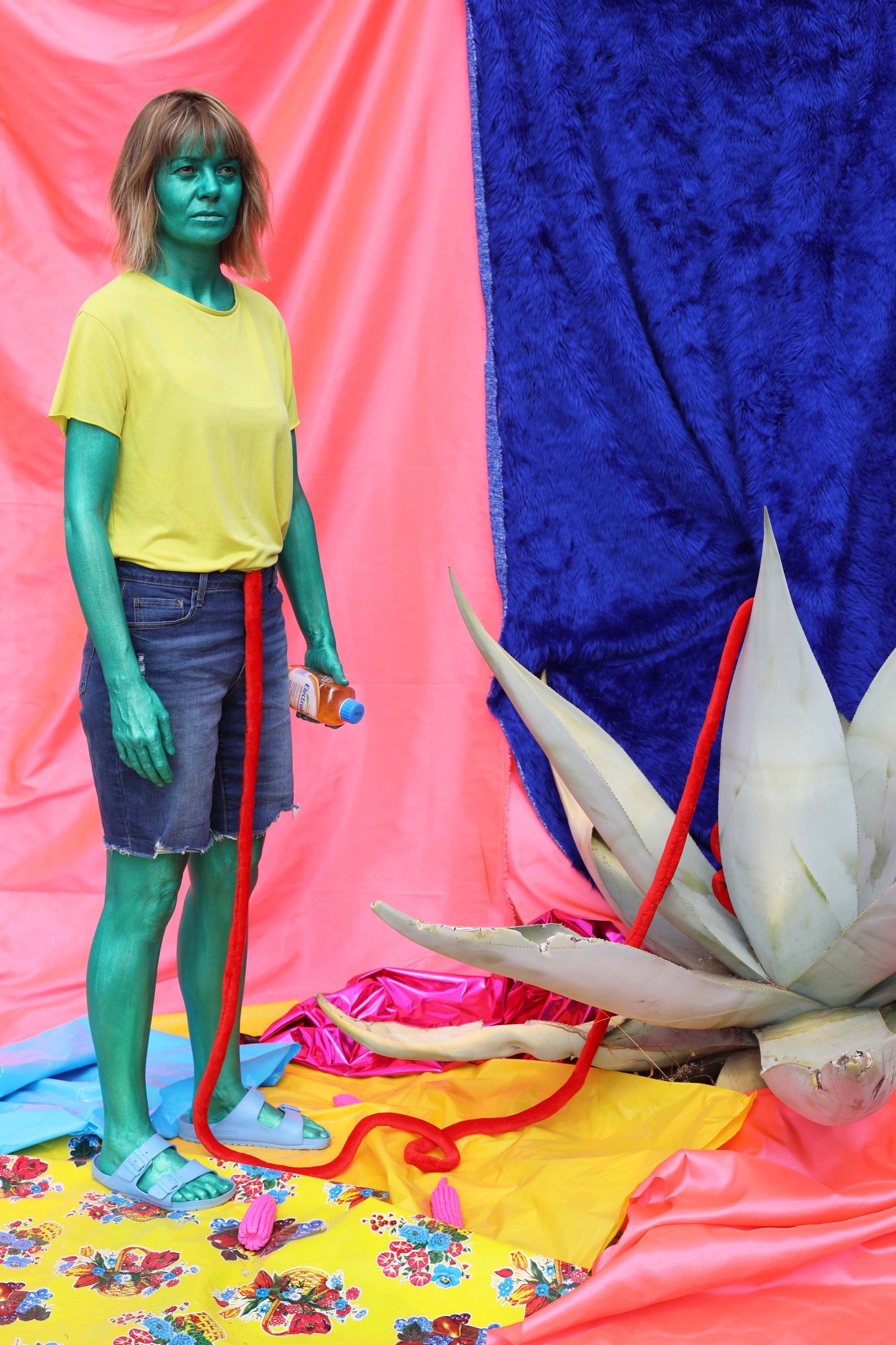 GÜERA, María Moldes. Parkinz
GÜERA, María Moldes. Parkinz




